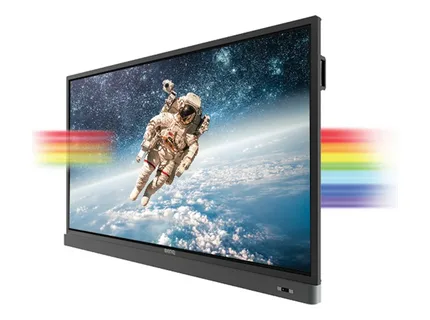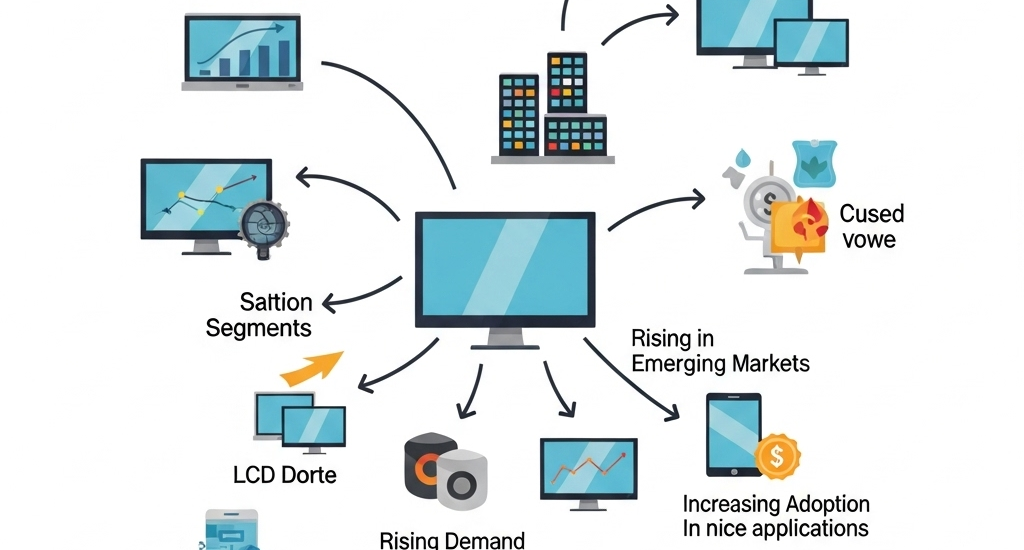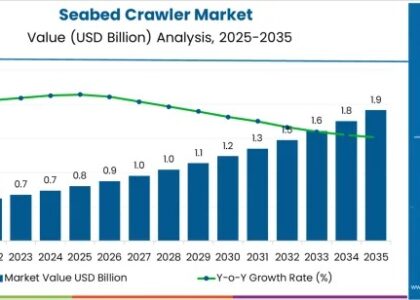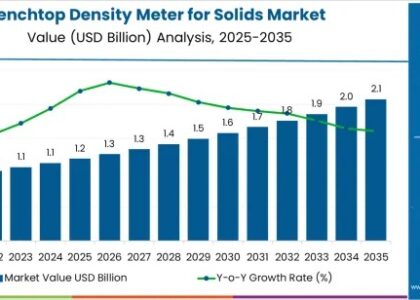The global flat panel display market is projected to reach USD 161,067.1 million in 2025 and expand to USD 239,152.5 million by 2035, reflecting a compound annual growth rate (CAGR) of 3.8% over the forecast period. This steady growth is fueled by expanding applications of flat panel displays in consumer electronics, automotive, and healthcare sectors.
From smartphones and televisions to automotive dashboards and industrial monitors, flat panel displays have become the visual backbone of modern technology. As digital devices become more immersive, connected, and interactive, the flat panel display market continues to evolve—driven by innovation in materials, resolution, flexibility, and energy efficiency.
What began as a replacement for bulky cathode-ray tubes has transformed into a dynamic, high-performance ecosystem of screens that inform, entertain, and connect people around the world in real time.
Get Ahead with Our Report: Request Your Sample Now!
https://www.futuremarketinsights.com/reports/sample/rep-gb-123
Beyond Pixels: A Fusion of Form and Function
Flat panel displays are no longer just about delivering sharper images. Today’s displays integrate advanced functionalities such as touch sensitivity, gesture control, haptic feedback, and even biometric sensing. Whether embedded in a smartphone or a vehicle’s center console, these screens are designed to do more than show—they respond, adapt, and enhance user experience.
From OLED and LCD to emerging technologies like MicroLED and quantum dots, the display market is expanding its capabilities to deliver richer colors, faster refresh rates, and improved visibility under varying lighting conditions—all while optimizing power consumption and form factor.
Customization and Versatility Across Industries
One of the key strengths of flat panel displays is their versatility. Available in a wide range of sizes, shapes, and resolutions, they can be customized for nearly any application. In consumer electronics, ultra-thin and bezel-less designs enhance aesthetics and usability. In automotive interiors, curved and multi-display setups create intuitive interfaces for navigation, entertainment, and vehicle control.
In industrial and healthcare settings, robust, high-brightness displays support mission-critical applications where durability and readability are essential. From wearable screens to interactive kiosks and digital signage, flat panel displays are embedded into everyday life in increasingly creative and functional ways.

Driving Innovation Through Material Science and Design
Advancements in material science have allowed manufacturers to push the boundaries of what flat panel displays can do. Flexible substrates, transparent screens, and foldable displays are redefining traditional form factors, allowing for new device designs and user experiences.
Thin-film transistors, advanced backlighting systems, and nano-coatings are also playing a crucial role in improving performance, reducing glare, and enabling higher pixel densities. These developments are particularly important for emerging applications like augmented reality, virtual control panels, and smart home interfaces.
Interactivity Meets Immersion
Modern flat panel displays are becoming more than passive viewing surfaces—they are gateways to immersive, real-time interaction. With increasing integration of AI and IoT capabilities, displays are now central to how users engage with devices, environments, and digital ecosystems.
Interactive whiteboards in education, responsive control panels in smart factories, and multi-screen gaming setups all illustrate the shift toward screens that don’t just display information but facilitate dynamic interaction, collaboration, and decision-making.
Challenges in Cost, Sustainability, and Supply Chain Resilience
Despite ongoing innovation, the flat panel display market faces several challenges. The cost of high-end display technologies remains a barrier to widespread adoption, especially in budget-sensitive markets. Manufacturing complexity, resource constraints, and dependency on specific materials also create supply chain vulnerabilities.
Environmental sustainability is another growing concern. E-waste, energy-intensive manufacturing processes, and limited recyclability of display components are prompting calls for greener production methods and more responsible product life cycles.
Extensive Market Research: Complete Report and Findings
https://www.futuremarketinsights.com/reports/global-flat-panel-display-market
Enabling the Connected and Visual Future
As smart cities, autonomous vehicles, and connected homes become more prevalent, the demand for advanced display technologies will only increase. Flat panel displays will serve as the primary interface for interaction, information sharing, and control—whether embedded in a wall, dashboard, or wearable device.
The continued convergence of display technology with AI, cloud connectivity, and advanced sensors will further expand its role in shaping how people visualize and interact with the digital world.
The Display That Defines the Experience
Flat panel displays may be thin and silent, but their influence is vast. As they grow more intelligent, interactive, and integrated into everyday environments, these screens are becoming the central hub of human–machine interaction.
From entertainment to enterprise, education to engineering, the evolution of flat panel displays is not just about better visuals—it’s about redefining how we see, touch, and experience the digital age.






